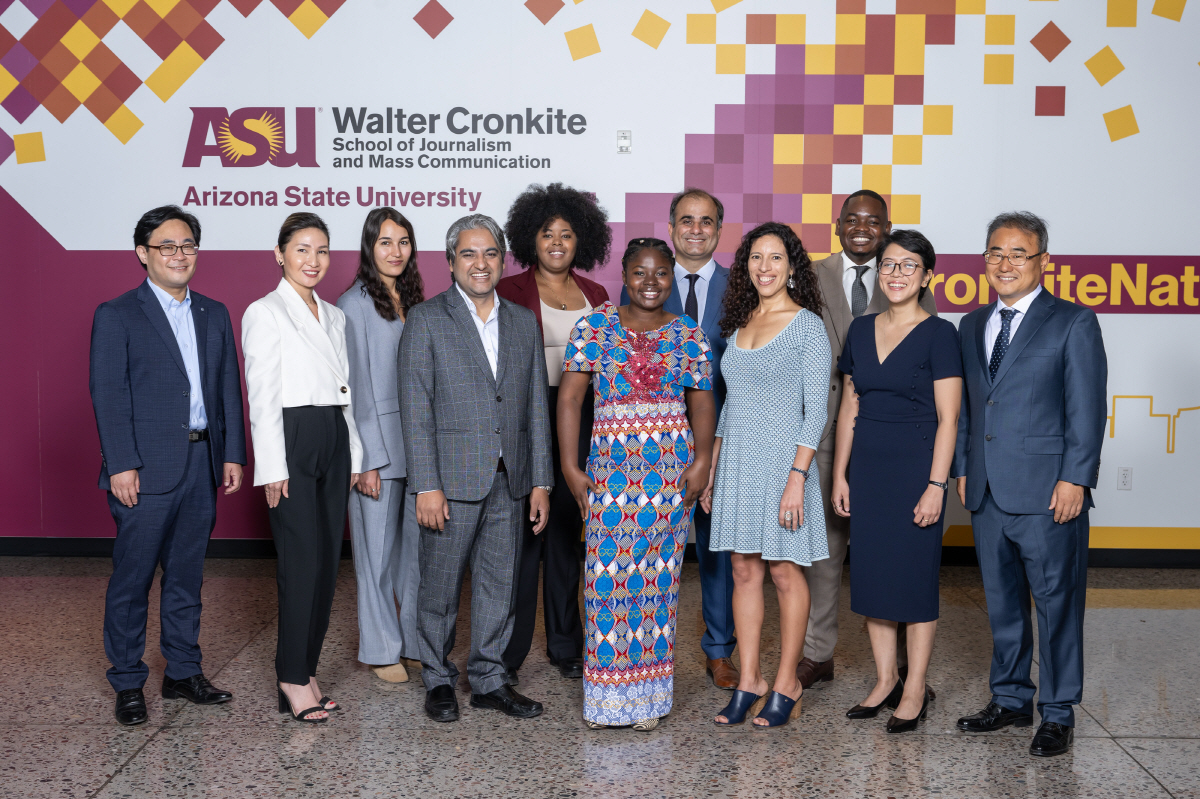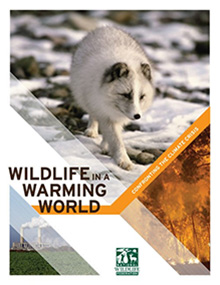There are many factors that endanger wildlife, but one of the most dangerous current threats is global warming. Although it’s a controversial subject, the National Wildlife Federation has reported on how animals and their ecosystems have been affected by global warming in a series of reports called, “Wildlife in a Warming World.”
When I was younger, I remember learning about how global warming affects animals such as polar bears because of their melting habitat, but I don’t remember learning much about the impact it has on other species that don’t suffer from melting ice. I think it’s easy for people to forget that birds, butterflies, and even coral have had to deal with the results of global warming due to changes in their habitat.

The report highlights the challenges that wildlife face and how we can confront these serious issues. For example, one of the concerns is that many species of animals migrate, nest, or mate according to natural events, such as changes in temperature and daylight. However, as a result of global warming, the animals may get confused and end up out of sync with other species. They may end up migrating earlier than usual or waking up from hibernation too soon, causing them difficulties finding food.
Higher temperatures can cause more wildfires, melt Arctic ice, and cause water levels to rise, all which threaten wildlife habitats and ecosystems. The Natural Resources Defense Council said that the average global temperature has risen at the fastest rate in recorded history during the past 50 years. If temperatures continue to rise, there will continue to be drastic consequences for wildlife.

Luckily, there’s ways that we can help reduce the impact of global warming on wildlife and the environment. The National Wildlife Federation explains how you can save energy, conserve water, and be more green. It would be sad to live in a world where polar bears are extinct and butterflies aren’t fluttering around everywhere, and it’s up to all of us to help save the wildlife.
Written by Mei Prang, edited by Tabu Butagira


Mei,
This might sound elementary, but I really liked all of your pictures and graphics. I am a huge fan of animals and your use of photographs drew me into reading your blog post. Climate change has a huge impact on wildlife and their ecosystems.
Thank you for sharing!
Elizabeth
Hi Mei,
I’m with you that animals are something we should all do our best to take care of. I am confident that we (all the critters on earth) shall endure. I think that a large portion of the people in this world are at least aware of these issues, which is miles ahead of where we were a few decades ago. If each new generation is able to grow up with a stronger appreciation for these values we will keep moving in the right direction. The folks in government who create policy now didn’t grow up with that same understanding. I believe that in not too long a time from now many more decision makers will share this type of sensibility. In the meantime, we can all try to do our own part.
Dave
Hey Mei!
It’s incredibly true that while most people have heard about the plight of polar bears and other arctic animals, the majority do not take into account the effect climate change has on every other species. There is so much more to it then melting ice caps, so many threatening consequences it will have. It’s a sad truth and one I hope we can all come together to help prevent and even start to reverse through “green” or more eco-friendly living.